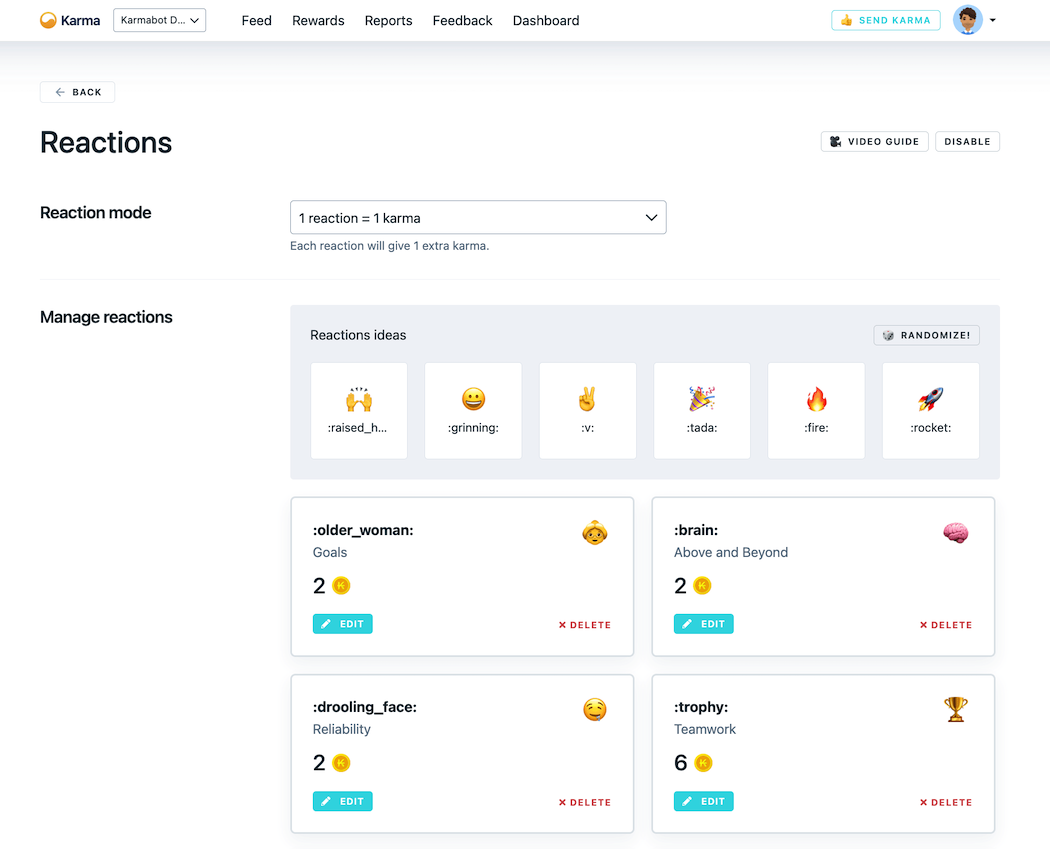Real-time recognition has emerged as a powerful tool for enhancing employee engagement and morale in any fast-paced workplace, where deadlines loom and multitasking is the norm. Gone are the days when yearly performance reviews or quarterly accolades sufficed. Employees today crave immediate feedback and recognition, not just for personal gratification but also for maintaining motivation and productivity.
The Shift Towards Real-Time Recognition
Historically, recognition in the workplace has been sporadic and often reserved for significant achievements. However, this approach overlooks the value of consistent, timely acknowledgment of everyday efforts. A Gallup poll reveals that employees who receive regular recognition are four times more likely to be engaged at work. Moreover, 78% of employees reported that being recognized motivates them in their jobs.
This shift towards real-time recognition aligns with the broader cultural move towards immediacy in communication and interaction, driven by technology and social media. People are used to instant feedback in their personal lives, and they now expect the same in their professional environments.
The Psychological Impact of Instant Recognition
Instant recognition taps into the basic human need for acknowledgment. When employees receive immediate feedback, it triggers a positive emotional response, reinforcing their behavior and encouraging repeat performance. This real-time affirmation fosters a sense of belonging and value, which is crucial for maintaining high morale and reducing turnover rates.
Psychologists have found that timely recognition releases dopamine, a neurotransmitter associated with feelings of pleasure and reward. This “dopamine hit” reinforces the action that led to recognition, creating a virtuous cycle of positive behavior and recognition. According to research, 40% of employees say they would put more energy into their work if they were recognized more often.
Enhancing Workplace Culture Through Real-Time Recognition
A culture of recognition doesn’t just benefit individual employees; it transforms the entire workplace atmosphere. Real-time recognition fosters a positive culture where contributions are noticed and appreciated promptly. This culture of appreciation can lead to a more cohesive, collaborative work environment where employees feel empowered to contribute their best efforts.
In a study conducted by SHRM, companies with effective recognition programs had 31% lower voluntary turnover rates. This indicates that employees are more likely to stay with an organization where they feel valued and appreciated consistently.
Karma’s Reaction Feature in Slack
Recognizing the importance of real-time acknowledgment, the Karma recognition bot has developed a unique Reaction feature in Slack. This feature allows employees to use reactions or emojis to trigger karma automatically, linking each recognition to a specific company value. It’s a seamless way to embed recognition into daily workflows, making it as easy as sending a message.
How It Works:
- Set Custom Reactions: Companies can set specific reactions or emojis that employees can use to recognize their peers.
- Automatic Karma: Once a reaction is used, karma is automatically awarded to the recognized individual.
- Link to Values: Each reaction can be tied to a particular company value, reinforcing the organization’s culture and priorities.
For example, a company might link the 👏 (clap) emoji to the value of “collaboration.” When an employee notices a peer’s collaborative effort, they can react with the clap emoji, immediately awarding karma and reinforcing the value of teamwork.

The Benefits of Real-Time Recognition with Karma
- Immediate Feedback: Employees receive instant acknowledgment for their contributions, keeping them motivated and engaged.
- Increased Participation: The simplicity of using emojis encourages widespread participation in the recognition process, making it accessible to everyone in the organization.
- Reinforced Company Values: Linking reactions to company values ensures that recognition aligns with organizational goals and culture.
- Data-Driven Insights: Karma’s system provides analytics on recognition trends, helping leaders understand what values are being most frequently recognized and by whom.
Implementing Real-Time Recognition in Your Workplace
To integrate real-time recognition effectively, consider the following steps:
- Set Clear Objectives: Define what behaviors and values you want to encourage through recognition.
- Choose the Right Tools: Utilize platforms like Karma’s Reaction feature in Slack to facilitate instant recognition seamlessly.
- Train Your Team: Educate employees on the importance of real-time recognition and how to use the tools available to them.
- Monitor and Adjust: Regularly review the impact of your recognition program and make adjustments as necessary to ensure it continues to meet your objectives.
Conclusion
Real-time recognition is no longer just a nice-to-have; it’s a necessity in today’s dynamic workplace environment. By acknowledging employees’ efforts immediately, organizations can foster a more engaged, motivated, and loyal workforce. Karma’s Reaction feature in Slack offers a practical, user-friendly way to implement this approach, making real-time recognition an integral part of your company culture.
Start using real-time recognition today and see the positive impact it can have on your team’s morale and productivity. With tools like Karma, giving instant feedback has never been easier or more effective.
Try out Karma for Slack with our demo and subscribe to your 30-day free trial:


 The Connection Between Recognition and Employee Mental Health
The Connection Between Recognition and Employee Mental Health